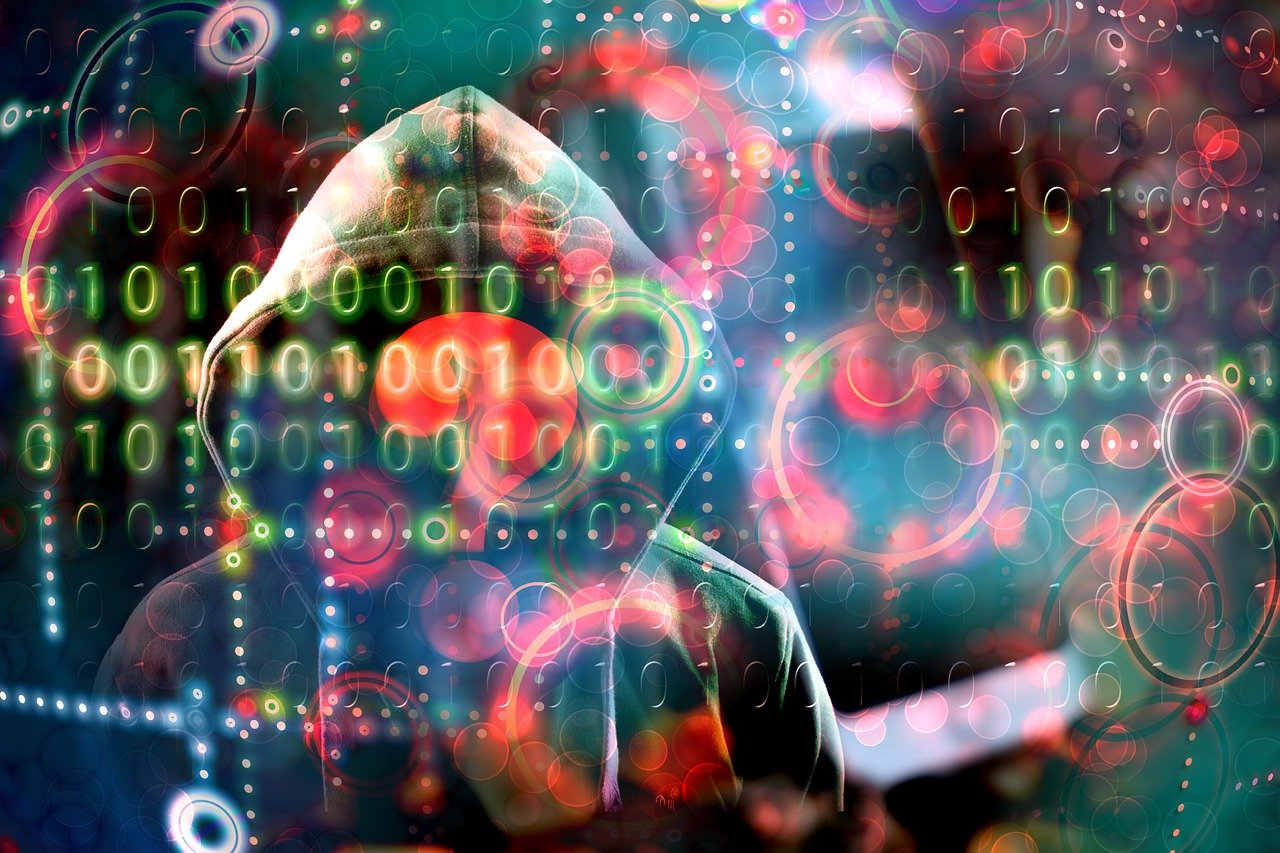Llegué a la madurez profesional en una comunidad de inteligencia que todavía concebía la línea de frente (“teatro principal de operaciones”) como un lugar al que uno podía acceder, cartografiar y asegurar. Ese mundo ha desaparecido. Hoy, adversarios no militares, organizados de manera laxa en cibermilicias de propagandistas, piratas informáticos patrióticos, emprendedores de la influencia y amplificadores remunerados o voluntarios disputan la iniciativa no con blindados ni artillería, sino colonizando la atención, deformando la percepción y acelerando la división social a gran escala. Nuestra doctrina ha comenzado a reconocer este cambio. En 2017, el Departamento de Defensa de los Estados Unidos elevó la información a función conjunta, formalizando lo que los operadores llevaban años observando. Reconocemos que las campañas modernas dependen de crear y explotar la ventaja informativa. La Estrategia de 2023 para Operaciones en el Entorno Informativo del Departamento de Defensa EEUU lo expone de manera explícita: la Fuerza Conjunta debe estar organizada, adiestrada y dotada de recursos para integrar efectos informativos junto con fuegos y maniobra (DoD, 2023).
Por cibermilicias entiendo a actores no uniformados, a veces dirigidos por el Estado, a menudo tolerados por él o subcontratados a la multitud, que combinan acciones cibernéticas con guerra narrativa en plataformas sociales. Reclutan y radicalizan, acosan en enjambres, hostigan y exponen datos personales, siembran falsificaciones digitales y teorías conspirativas, e inundan el espacio con memes emocionalmente persuasivos. Su mando y control suele ser plano e improvisado, su logística se basa en la nube y su ritmo operacional lo marcan los algoritmos de las plataformas y los ciclos informativos. Hemos visto efectos militares de tales formaciones en teatros diversos. La llamada Internet Research Agency (IRA) ejemplificó una milicia de influencia vinculada al Estado que escaló intentos de persuasión y movilización fuera de línea a través de plataformas sociales estadounidenses. Investigaciones rigurosas han matizado posteriormente las afirmaciones maximalistas sobre cambios medibles en actitudes, pero el hecho operacional permanece: los adversarios pueden alcanzar a millones de objetivos, a un coste marginal casi nulo, con narrativas adaptadas y sincronizadas con objetivos geopolíticos (Eady et al., 2023).
En el extremo opuesto, el IT Army of Ukraine constituye un caso de movilización cibernética defensiva: una formación voluntaria que ejecuta ataques DDoS, búsqueda de vulnerabilidades y operaciones psicológicas en paralelo con esfuerzos estatales. Esto ilustra tanto la potencia como las ambigüedades jurídicas y éticas que surgen cuando civiles se convierten en combatientes en el dominio informativo (Munk, 2025).
Las organizaciones terroristas comprendieron hace tiempo el poder de las redes sociales. El ISIS combinó la brutalidad en el campo de batalla con una maquinaria propagandística meticulosamente diseñada en línea, optimizada para reclutamiento, intimidación y fijación de agenda en múltiples lenguas y plataformas. Análisis revisados por pares detallan cómo ISIS explotó las funcionalidades de las plataformas para mantener su alcance incluso cuando se eliminaban cuentas (Done, 2022). El actual aluvión de proclamaciones de victorias en el teatro de guerra palestinas es igualmente ilustrativo.
Por qué las Redes Sociales Pueden Rivalizar con la Fuerza Física
La respuesta sencilla es la escala y la velocidad. La propaganda computacional aprovecha la automatización, la amplificación y la microsegmentación para saturar los canales informativos más rápido de lo que la verificación de hechos o el debate pueden alcanzar. Revisión sistemática tras revisión sistemática enmarcan esto como un ecosistema sociotécnico en evolución más que como una táctica puntual (Bradshaw y Howard, 2019).
La asimetría es un segundo factor crucial. Los bots y las conductas inauténticas coordinadas otorgan a pequeños operadores una influencia desproporcionada, especialmente en los primeros minutos del ciclo de vida de una narrativa, cuando las señales de interacción iniciales pueden inclinar los sistemas de clasificación de las plataformas. Estudios demuestran que las cuentas automatizadas amplifican de forma desproporcionada contenido de baja credibilidad en esas fases críticas (Shao et al., 2018).
Los efectos sobre el terreno humano deben contemplarse. Incluso cuando la persuasión directa es modesta, los daños en zonas de conflicto son muy reales. Doxing, estigmatización, desplazamiento y profanación cultural se han vinculado a la incitación en línea durante conflictos armados. No se trata únicamente de charlas en Internet, es preparación operacional del entorno con consecuencias humanas (Ulbricht, 2024).
La integración con operaciones cinéticas constituye además un ingrediente imperativo. En Ucrania, las fuerzas rusas combinaron sistemas físicos, como el Orlan-10/Leer-3, con campañas masivas de mensajes de texto y redes sociales para inducir pánico y erosionar la cohesión. Esto recuerda que los fuegos informativos pueden acotar el espacio de batalla tan eficazmente como la artillería (GAO, 2022).
La maniobra memética es la última consideración. En los conflictos contemporáneos, las narrativas basadas en memes no son meras efímeras: constituyen maniobra en el dominio cognitivo. Estudios recientes sobre la guerra memética en el contexto Rusia-Ucrania sostienen que estos artefactos estructuran la atención, codifican marcos complejos y aceleran el reclutamiento hacia la propaganda participativa a gran escala (Prier, 2017).
Una Nota sobre la Evidencia y la Prudencia
La honestidad intelectual más rigurosa debe estar en primer plano. Un estudio en Nature Communications que vinculó datos de Twitter en Estados Unidos con encuestas no halló cambios estadísticamente significativos en actitudes o elección de voto atribuibles a la exposición a la IRA en 2016. Sin embargo, no debemos ignorar esto ni sobregeneralizar. El estudio no absuelve a las campañas adversarias, refina nuestra teoría del efecto. Muchas operaciones buscan el control de la agenda, la polarización, la intimidación y la distracción en tiempo objetivo más que el mero cambio de voto. En la guerra, incluso variaciones pequeñas en la participación, la percepción del riesgo o la moral de la unidad pueden ser decisivas (Eady et al., 2023).
El Imperativo: Tratar la Propaganda Adversaria como un Objetivo de Campaña
La OTAN enmarca ahora la guerra cognitiva como un desafío interdominios. La mente humana es terreno disputado donde los actores buscan modificar percepciones y conductas (Claverie du Cluzel et al., 2021). No es retórica inflamatoria, es realidad operacional en todo teatro que he observado. Nuestra respuesta debe abandonar la era de refutaciones improvisadas y avanzar hacia operaciones integradas en el entorno informativo con objetivos, autoridades y métricas explícitas de desempeño y efecto.
Qué Deben Hacer la Inteligencia y los Combatientes
- Construir un panorama de inteligencia fusionada del campo de batalla narrativo.
- Normalizar el entorno informativo junto con fuegos y maniobra.
- Disputar la iniciativa mediante prebunking y resiliencia, no solo eliminando contenidos.
- Imponer fricción a las cibermilicias hostiles.
- Clarificar autoridades y alinear con el derecho de los conflictos armados.
- Entrenar para el dominio cognitivo.
- Medir lo que importa, evitando indicadores de pura vanidad.
Conclusión Estratégica
En la guerra convencional, la ventaja es acumulativa. En la guerra informativa, es compuesta. El bando que penetra el ciclo de decisión del adversario establece el marco para todo lo que sigue. Nuestros adversarios ya juegan ese juego. Despliegan cibermilicias que operan a velocidad de máquina pero hablan en idioma humano, explotando incentivos de plataforma y sesgos cognitivos tan antiguos como la persuasión y tan novedosos como la inteligencia artificial generativa.
Como profesionales de inteligencia y combatientes, nuestra misión no es simplemente refutar mentiras una vez consumado el daño, sino negar la iniciativa adversaria en el entorno informativo, mapear y anticipar sus campañas, fortalecer nuestras poblaciones e integrar los efectos narrativos con la maniobra. Hacerlo bajo el imperio de la ley y con responsabilidad democrática será un reto. La Comunidad de Inteligencia y las fuerzas armadas no ignoran esta realidad: la Fuerza Conjunta ya reconoce la información como función central. Pero la doctrina sin recursos ni práctica es solo papel. Debemos construir los equipos, autoridades y hábitos para luchar y prevalecer allí donde ahora habita la gente, en sus feeds y chats, tanto como en el espacio físico. Si fracasamos, cederemos el terreno decisivo del conflicto moderno a adversarios no militares que comprenden que la primacía ya no se mide únicamente en metros conquistados, sino en mentes retenidas.
Una recomendación crucial es que la contrainteligencia está particularmente bien adaptada a esta misión. El oficio de la contrainteligencia, históricamente dedicado a identificar, engañar y neutralizar operaciones de influencia hostil, se traduce directamente a la lucha contra las cibermilicias. Los operadores de contrainteligencia aportan pericia en atribución adversaria, operaciones de doble agente, detección de desinformación y manipulación de redes clandestinas. Estas son exactamente las habilidades necesarias para desenmascarar conductas inauténticas coordinadas en línea. Estoy convencido de que integrar la contrainteligencia en la guerra informativa ofrece ventajas singulares, al combinar análisis técnico de señales con validación de fuentes humanas y la capacidad de explotar, interrumpir o cooptar operaciones adversarias de influencia de un modo que supera la mera moderación de contenidos (Hunker, 2010; Rid, 2020). Dejar las cibermilicias únicamente en manos de la diplomacia pública o de la autorregulación de plataformas equivale a luchar con un brazo atado. Incorporar la contrainteligencia en el núcleo de nuestras campañas informativas asegura que Estados Unidos no solo pueda defenderse de la propaganda adversaria, sino también disputar y desmantelar activamente las redes que la impulsan.
Referencias
Bradshaw, S., y Howard, P. N. (2019). El orden global de la desinformación: Inventario mundial 2019 de la manipulación organizada en redes sociales. Oxford: Oxford Internet Institute. [en inglés]
Claverie du Cluzel, F., et al. (2021). Guerra cognitiva. Comando Aliado de Transformación de la OTAN, Innovation Hub. Norfolk, VA. [en inglés]
Departamento de Defensa de los Estados Unidos. (2023). Estrategia para las operaciones en el entorno informativo. Washington, DC. [en inglés]
Done, A. (2022). La propaganda del ISIS y la radicalización en línea. Journal of Strategic Security, 15(3), 27–49. [en inglés]
Eady, G., Nagler, J., Guess, A., Zilinsky, J., y Tucker, J. (2023). Exposición a la campaña de influencia extranjera de la Agencia de Investigación de Internet rusa en Twitter durante las elecciones de 2016 en Estados Unidos y su relación con actitudes y comportamiento de voto. Nature Communications, 14(1), 367. [en inglés]
Oficina de Responsabilidad Gubernamental de EE. UU. (GAO). (2022). Entorno informativo: El Departamento de Defensa debería tomar medidas para ampliar sus evaluaciones de las operaciones de información. Washington, DC. [en inglés]
Hunker, J. (2010). Guerra cibernética y poder cibernético: cuestiones para la doctrina de la OTAN. Documento de investigación del Colegio de Defensa de la OTAN, núm. 62. Roma: Colegio de Defensa de la OTAN. [en inglés]
Maertens, R., Roozenbeek, M., van der Linden, S., y Lewandowsky, S. (2021). Eficacia a largo plazo de la inoculación contra la desinformación: tres experimentos longitudinales. Journal of Experimental Psychology: Applied, 27(1), 1–16. [en inglés]
Munk, T. (2025). El Ejército Informático de Ucrania: resistencia civil digital y derecho internacional. Crime, Law and Social Change, 83(1), 55–74. [en inglés]
Prier, J. (2017). Comandando la tendencia: las redes sociales como guerra de información. Strategic Studies Quarterly, 11(4), 50–85. [en inglés]
Rid, T. (2020). Medidas activas: la historia secreta de la desinformación y la guerra política. Nueva York: Farrar, Straus and Giroux. [en inglés]
Roozenbeek, J., van der Linden, S., et al. (2020). El juego de las noticias falsas confiere resistencia psicológica contra la desinformación en línea. Palgrave Communications, 6(1), 65. [en inglés]
Shao, C., Ciampaglia, G. L., Varol, O., Flammini, A., y Menczer, F. (2018). La difusión de contenido de baja credibilidad por parte de bots sociales. Nature Communications, 9(1), 4787. [en inglés]
Ulbricht, M. (2024). Propaganda en línea y daño civil en conflictos armados. International Review of the Red Cross, 106(1), 67–94. [en inglés]










